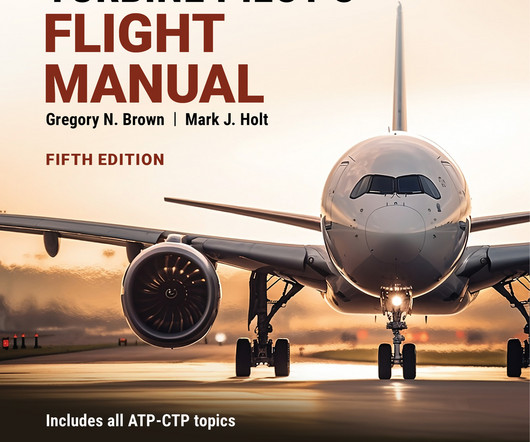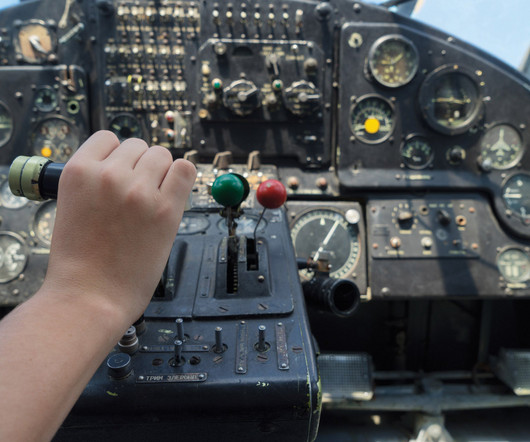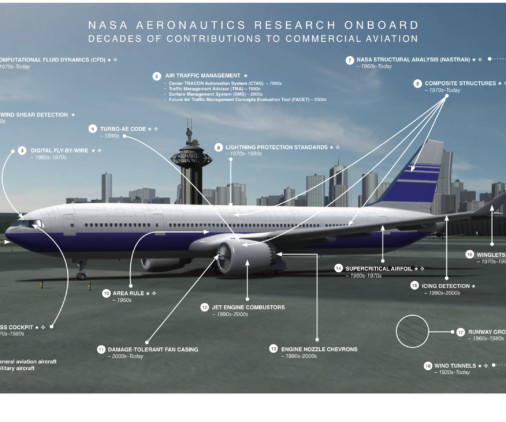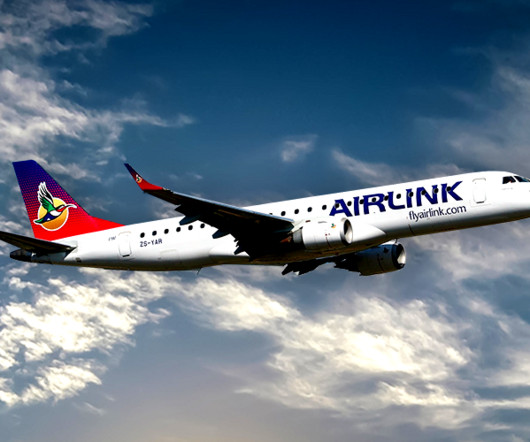New! “The Turbine Pilot’s Flight Manual Fifth Edition!”
Greg Brown's Flying Carpet Blog
AUGUST 4, 2024
Whether you’re preparing for turbine ground school, studying for your Airline Transport Pilot (ATP) certificate, priming for a corporate or airline interview, or upgrading into a personal jet or turboprop— The Turbine Pilot’s Flight Manual Fifth Edition is designed for you. Covers all the essentials of turbine aircraft in one book.















Let's personalize your content